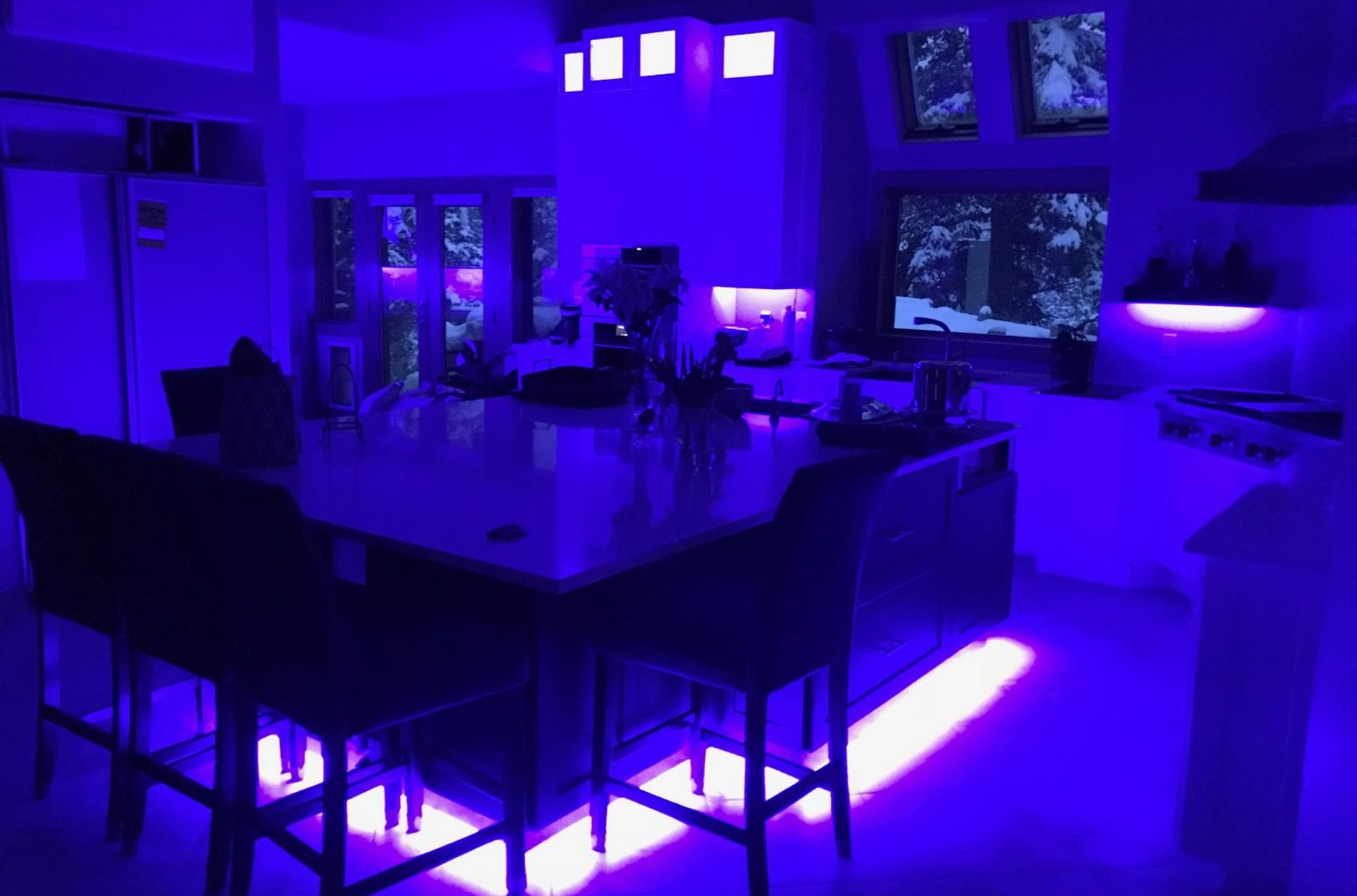During this phase we actually build a working model of the product. This process involves trial and error as the product comes together. It is both material and labor-intensive because various approaches are tried, discarded and / or refined to obtain a working solution. This phase is a refinement process addressing a number of issues:
- Parts Requirements: We are looking for several things when selecting the parts that comprise the end product. We look for reliability, availability, cost, and installation efficiency. An overriding goal is to consistently buy American-made parts. LED reliability is enhanced when supplied by a constant 12 or 24-volt current. This, combined with specific product needs, may result in custom-designed component boards. The boards are designed in conjunction with local engineering and board manufacturing companies.
- Labor Requirements: We review the assembly process to determine the most labor-efficient method for completing the product. We recognize that labor efficiencies change, based upon the quantities involved, and we attempt to determine where specific changes occur. During this process we are determining, in minutes, the labor required to assemble the product.
- Certification Requirements: Depending upon the end use of the product it may fall under government regulation or certification requirements. The various requirements are researched and specific compliance issues determined. The compliance issues frequently affect the parts involved in the product as well as the assembly and testing methodology. An example of a certification requirement would be the need to have the product UL certified.
- Patent Process: Patenting the product to protect our intellectual rights in the design is an important consideration. During this phase we are checking to see if the concept / design is already patented or if it falls under one of our existing patents. If neither of these cases is true we evaluate the value of holding a patent on the product. If the cost is justified we proceed with the patent process.
- Manufacturing Process: We have relationships with several manufacturers, each of which has a specific strength. We explore the prototype with them to determine the most efficient and cost-effective manner of producing the products. Together we are looking at the mix of man-versus-machine, design alterations to facilitate efficient manufacturing, component packaging methods to meet efficient manufacturing, and capacity and timing issues.
